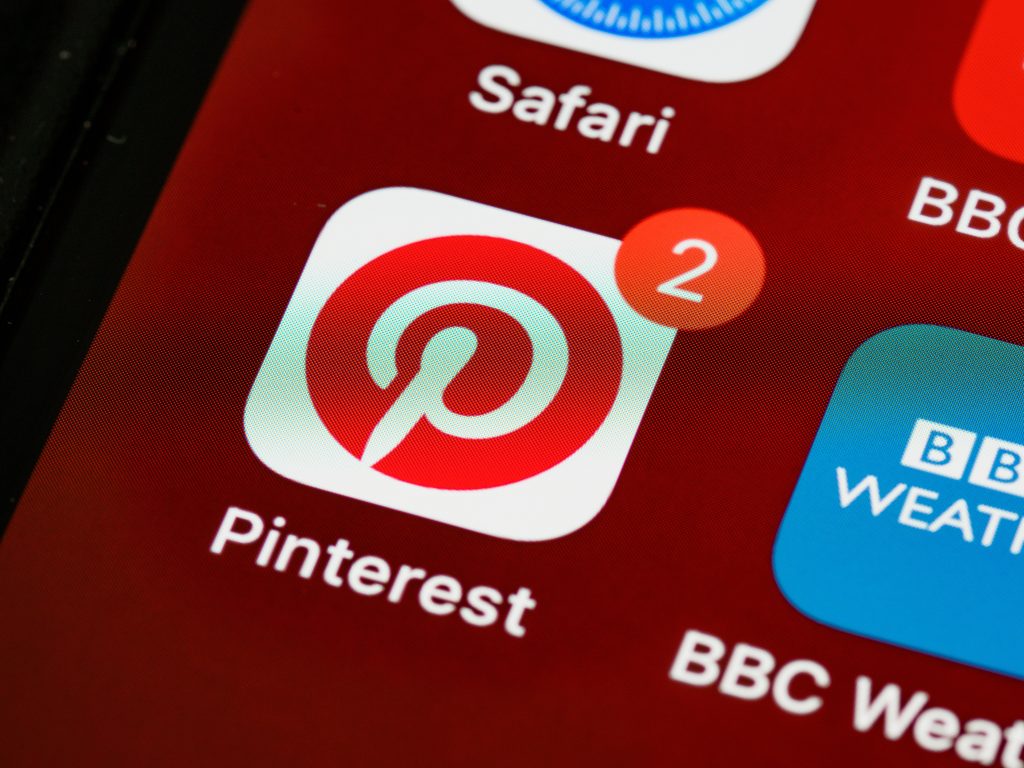Marketing Tips & Tricks, Tips & Tricks
Most Viable Traffic Sources for Dropshipping eCommerce Stores
- By Jane Aderonke
- No Comments
Traffic is the lifeblood of any eCommerce store and dropshipping is no exception. The more traffic you drive to your store, the higher the chances of making sales. With the vast number of eCommerce stores online today, it can be challenging to stand out from the crowd and drive meaningful traffic to your store. However, there are several viable traffic sources that can help you reach a larger audience and drive significant traffic to your dropshipping eCommerce store.
Facebook Ads:
With over 2.7 billion monthly active users, Facebook is one of the largest social media platforms and provides a great opportunity for eCommerce stores to reach out to potential customers. This is a highly viable traffic source for dropshipping eCommerce stores, providing a massive audience for eCommerce stores to reach out to and promote their products.
Additionally, Facebook has a robust advertising platform that allows eCommerce stores to target specific demographics based on interests, behaviors and location. This means that eCommerce stores can create highly targeted campaigns to reach the right audience and increase their chances of making a sale.
Furthermore, Facebook Ads is relatively cheap compared to other advertising platforms, making it an accessible option for small and medium-sized eCommerce businesses. The cost per click on Facebook Ads can range from as low as $0.01 to $5, depending on the competition and target audience.

Instagram Ads:
With over 1 billion monthly active users, Instagram is another popular platform for eCommerce businesses to promote their products to a large and engaged audience. Instagram allows eCommerce businesses to create targeted ad campaigns using various targeting options such as location, interests, behaviors, and more. This enables you to reach your target audience more effectively and increase the chances of conversion.
Moreover, Instagram has a visually-appealing platform that enables you to showcase your products in a creative and attractive manner. You can use eye-catching images and videos to promote your products, which can attract more attention from potential customers.
Google AdWords:
Google AdWords is a pay-per-click advertising platform that allows eCommerce stores to reach potential customers through search engine results. AdWords allows you to target specific keywords related to your products and reach potential customers who are searching for those products online. This can help drive highly relevant and targeted traffic to your store, which can increase the chances of making a sale.
Additionally, AdWords provides a variety of targeting options, such as demographic targeting, location targeting, and device targeting, which can help you reach the right audience for your products. You can also set a budget for your AdWords campaigns and only pay for clicks, ensuring that you don’t overspend on advertising.
However, it’s important to note that AdWords can be competitive, especially for popular keywords, so you may need to invest time and resources into optimizing your campaigns and testing different strategies to get the best results. Overall, AdWords can be a great traffic source for dropshipping ecommerce stores, but it’s important to approach it with a well-thought-out strategy and a willingness to experiment and adjust as needed.

Pinterest Ads:
Pinterest is a popular platform for eCommerce businesses to showcase their products and reach potential customers. Pinterest has over 250 million active users, letting users discover new products and ideas and allowing businesses to display their products and drive organic traffic to their eCommerce store.
Since Pinterest is a visual search engine, it is ideal for eCommerce businesses that sell visually appealing products such as clothing, jewelry, home décor, and more. It allows you to target users based on interests, behaviors, and location. With the right targeting and creativity, Pinterest Ads can be a highly effective way to reach a large and engaged audience and drive traffic and sales to your dropshipping store.
Influencer Marketing:
Influencer marketing involves partnering with popular influencers in your niche who have a large following on social media platforms like Instagram, YouTube, or TikTok. Influencer marketing can be an especially viable traffic source for dropshipping eCommerce stores because it allows you to tap into the trust and influence that influencers have built with their followers. When an influencer recommends a product to their followers, their followers are more likely to trust their recommendation and make a purchase.
To get started with influencer marketing, you’ll need to research influencers in your niche and reach out to them with a proposal for a partnership. Be prepared to offer incentives, such as a commission on sales, for influencers who promote your products to their followers. As with any marketing strategy, it’s important to track your results and continually adjust your approach to maximize the impact of your influencer marketing efforts.

Email Marketing:
Email marketing involves sending promotional emails to a list of subscribers to drive traffic to your eCommerce store. This is an effective way to reach a highly engaged audience and drive repeat sales from your customers.
Email marketing can be a viable traffic source for dropshipping ecommerce stores if done correctly. Here are some benefits of using email marketing for a dropshipping store:
Targeted audience: Email marketing allows you to reach a targeted audience of people who have shown interest in your products by subscribing to your email list.
Cost-effective: Compared to other marketing channels, email marketing is relatively cheap and can provide a high return on investment (ROI) if done correctly.
Personalization: Email marketing allows you to personalize messages for your subscribers, which can increase engagement and conversions.
Measurable results: Email marketing provides measurable results, allowing you to track the success of your campaigns and make data-driven decisions.
Repeat business: By regularly sending emails to your subscribers, you can encourage repeat business and build a loyal customer base.
However, it’s important to note that email marketing requires a significant time investment, including crafting engaging email content and designing eye-catching templates. Additionally, it can be easy for subscribers to ignore or delete emails if they feel like they’re receiving too many or irrelevant messages. To get the most out of email marketing, it’s important to segment your email list and provide valuable, targeted content to your subscribers.

Referral Marketing:
Referral marketing involves encouraging customers to refer their friends and family to your eCommerce store in exchange for incentives. By offering incentives to customers for referring their friends and family, eCommerce stores can tap into word-of-mouth marketing and reach a wider audience. This type of marketing can be especially effective for ecommerce stores that offer high-quality products and excellent customer service, as satisfied customers are more likely to refer others to the store.
However, it’s important to remember that referral marketing should be just one part of a larger marketing strategy. Focus on other tactics, such as search engine optimization, email marketing, and social media advertising, to reach a broader audience and drive traffic to your site.
Search Engine Optimization (SEO):
Search Engine Optimization is one of the most viable traffic sources for dropshipping ecommerce stores. SEO involves optimizing your eCommerce store . By optimizing your website to rank higher in search engine results, you can increase its visibility and drive organic traffic to your store site. This is a long-term strategy that can pay off in the long run, leading to increased website traffic, better brand awareness, and increased sales and conversions.
Some tips for optimizing your dropshipping eCommerce store for SEO include:
Conduct keyword research to find relevant keywords to target in your content.
Use descriptive and keyword-rich product titles and descriptions.
Create high-quality and informative blog posts that provide value to your target audience and include relevant keywords.
Implement on-page SEO best practices, such as optimizing your website’s meta tags, images, and URLs.
Build high-quality backlinks from reputable websites to improve your website’s authority and search engine ranking.
Use analytics tools to track and analyze your website’s traffic and conversion rate to make data-driven decisions.
In conclusion, there are several viable traffic sources for dropshipping eCommerce stores. To achieve the best results, it’s important to use a combination of these sources and to continually test and optimize your campaigns. By doing so, you can drive significant organic traffic to your store, improve your website’s visibility in search engine results and increase your chances of making sales.



